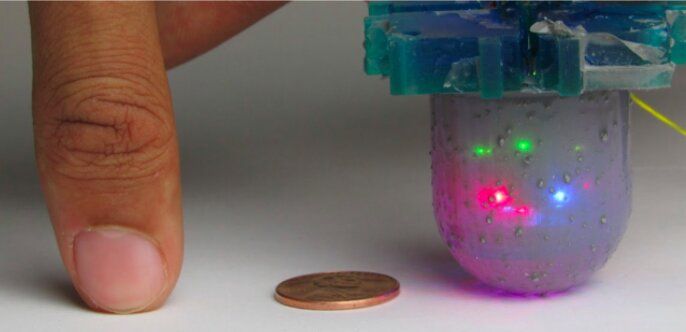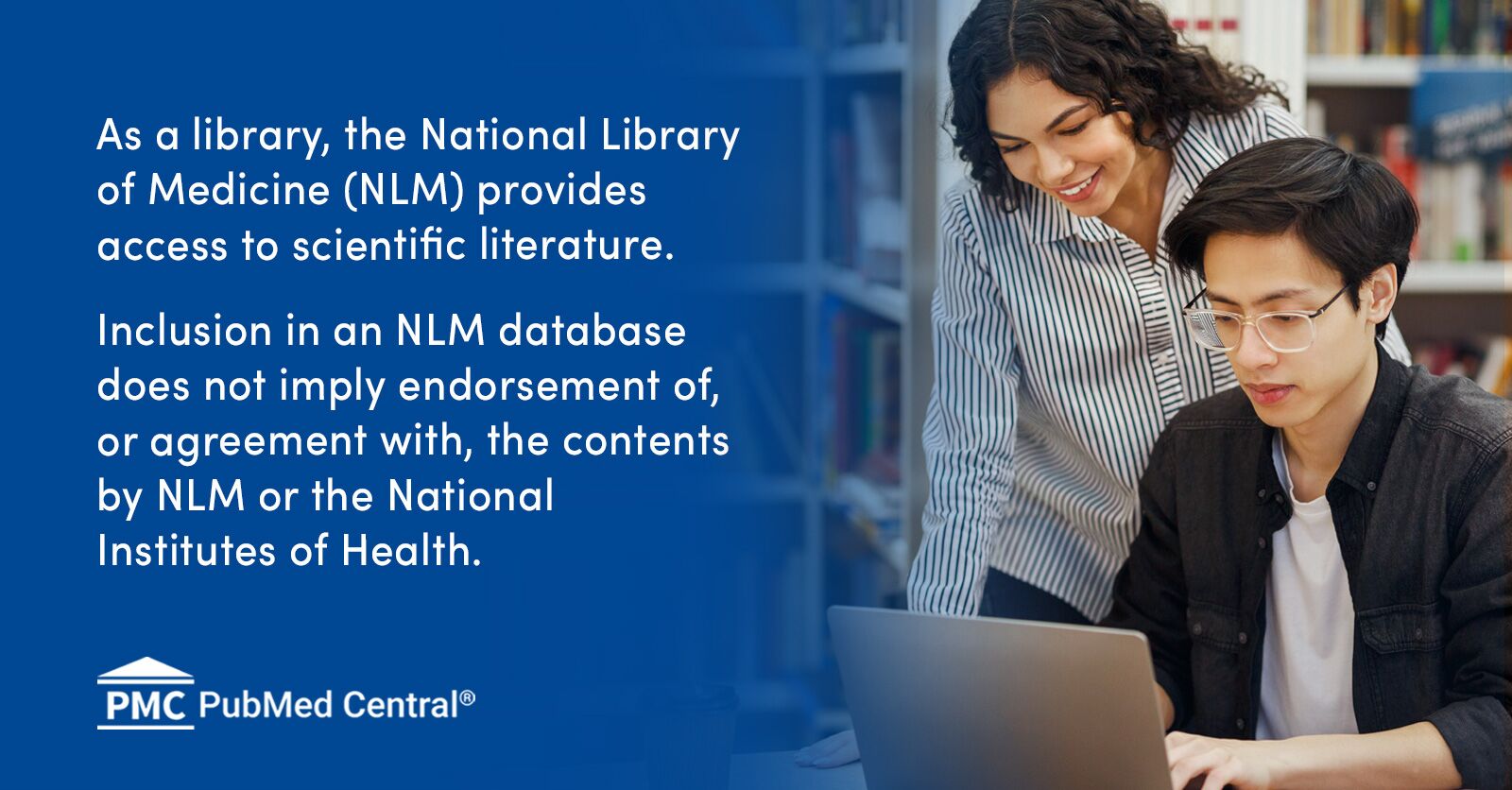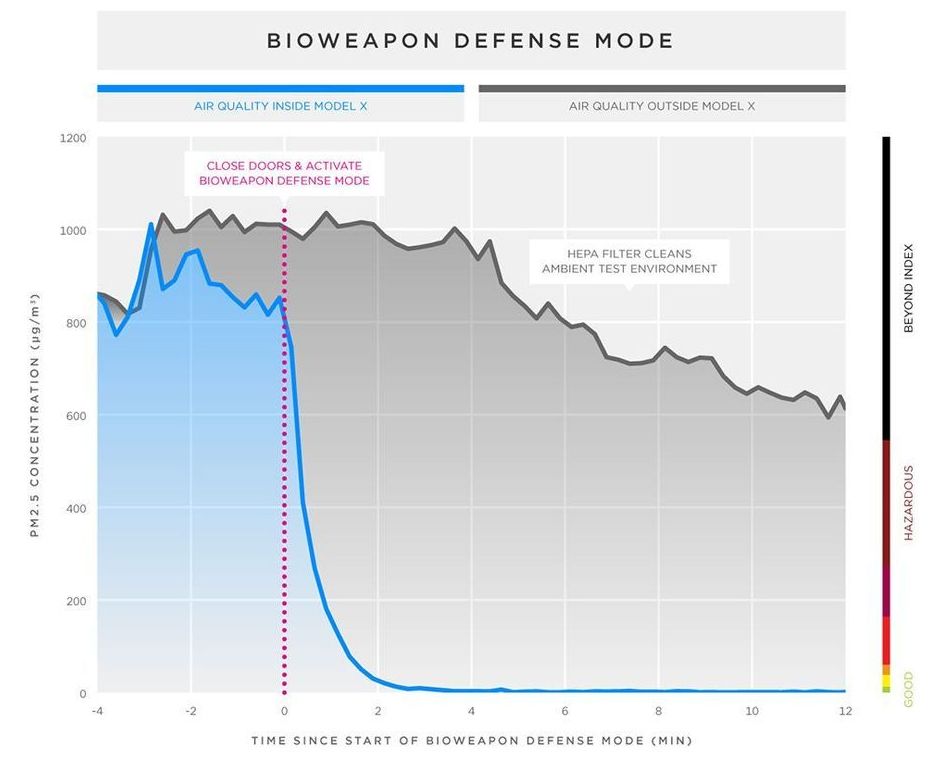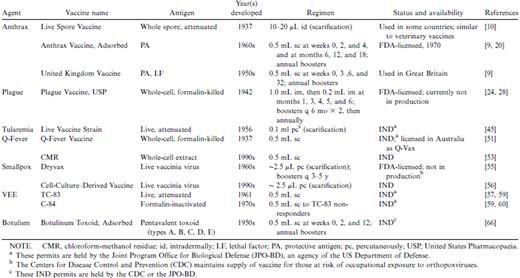Mar 27, 2020
OmniTact: A compact and high-resolution tactile sensor for robotics applications
Posted by Saúl Morales Rodriguéz in category: robotics/AI
In recent years, researchers worldwide have been trying to develop sensors that could replicate humans’ sense of touch in robots and enhance their manipulation skills. While some of these sensors achieved remarkable results, most existing solutions have small sensitive fields or can only gather images with low-resolutions.
A team of researchers at UC Berkeley recently developed a new multi-directional tactile sensor, called OmniTact, that overcomes some of the limitations of previously developed sensors. OmniTact, presented in a paper pre-published on arXiv and set to be presented at ICRA 2020, acts as an artificial fingertip that allows robots to sense the properties of objects it is holding or manipulating.
“Our lab recognized the need for a sensor for general robotic manipulation tasks with expanded capabilities than current tactile sensors,” Frederik Ebert, one of the researchers who carried out the study, told TechXplore. ‘“Existing tactile sensors are either flat, have small sensitive fields or only provide low-resolution signals. For example, the GelSight sensor provides high resolution (i.e., 400×400 pixel) images but is large and flat, providing sensitivity on only one side, while the OptoForce sensor is curved, but only provides force readings at a single point.”







 Circa 2017
Circa 2017









